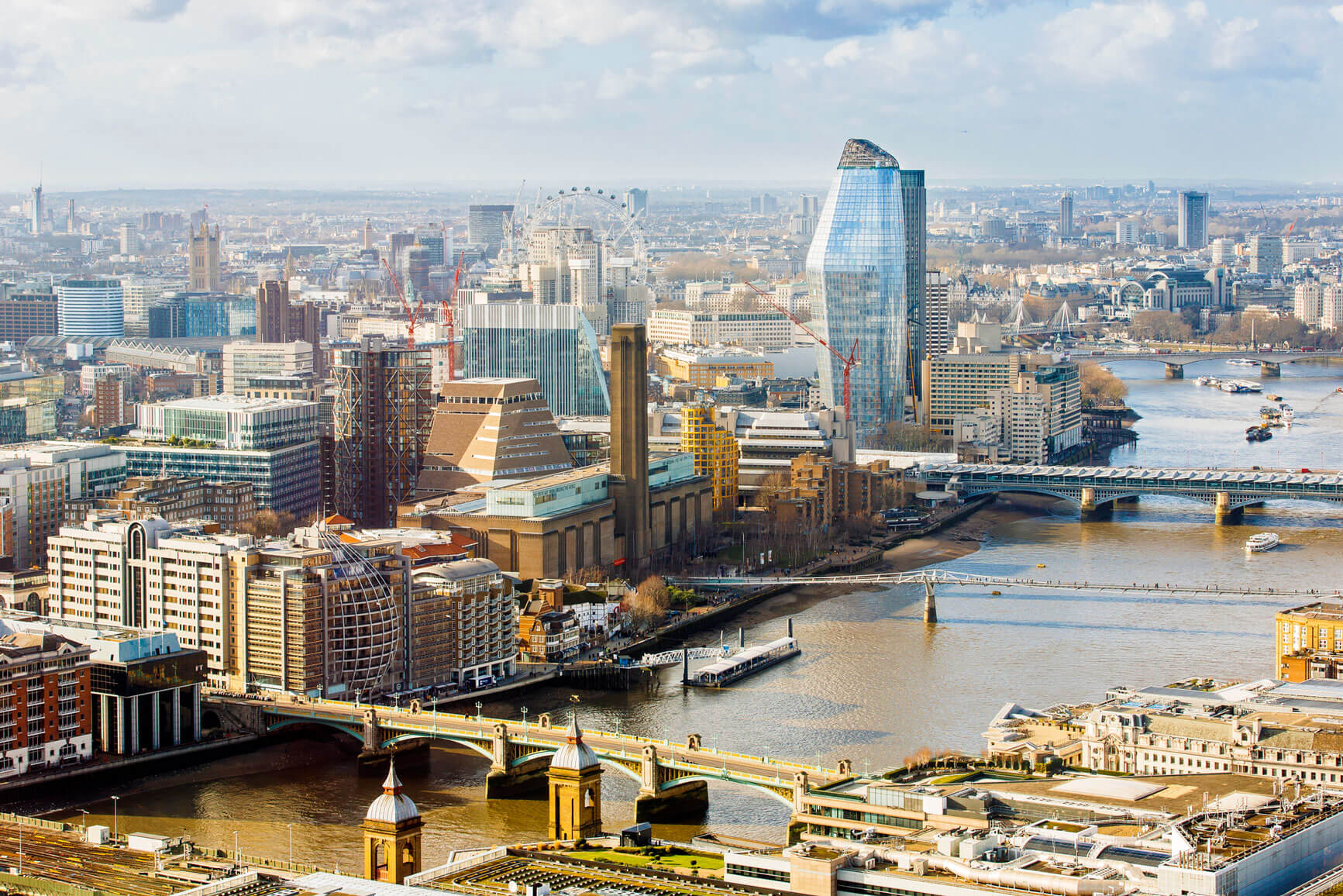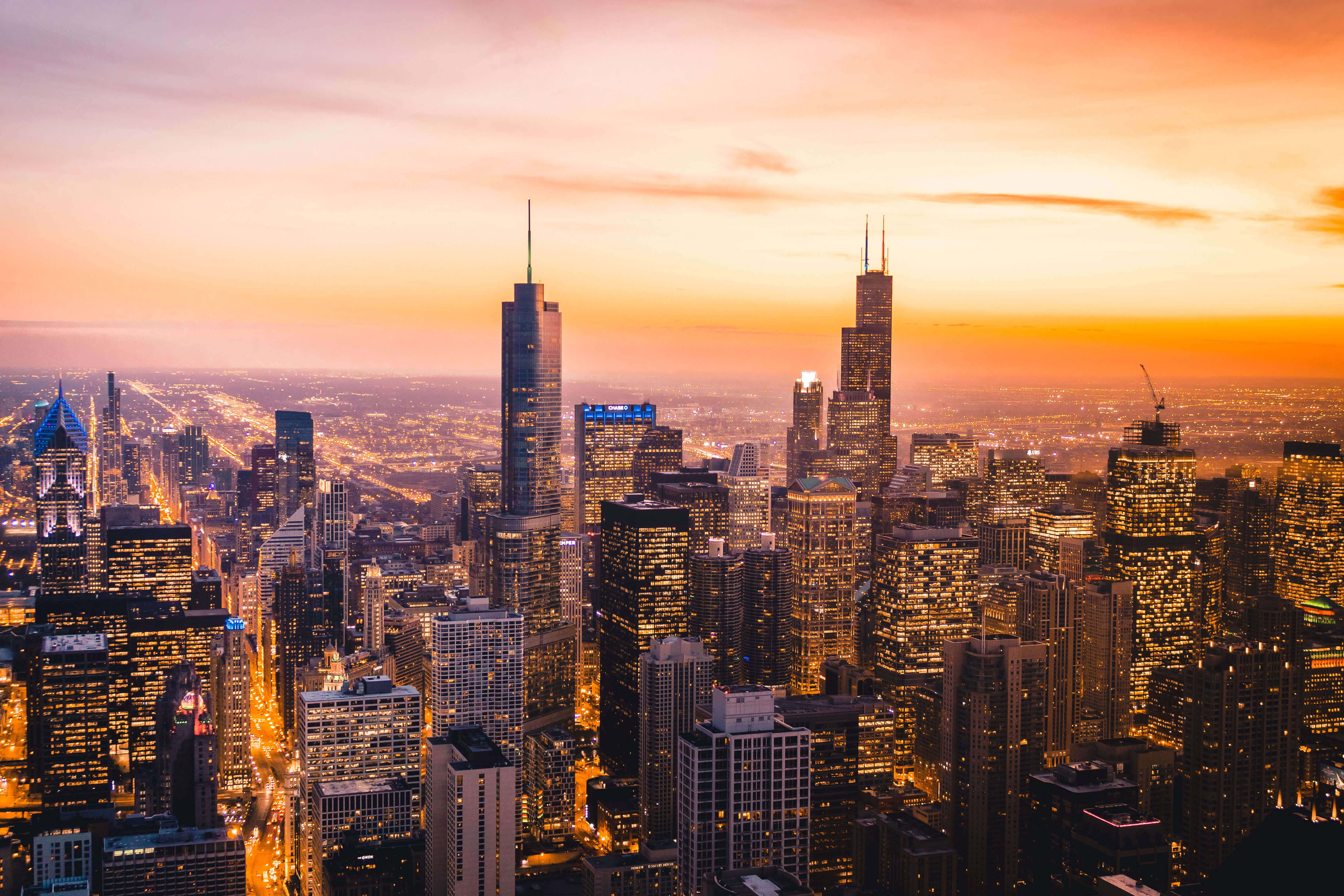1/1 Oops. Incorrect.
0%
0pts Earned
0/1correct
10/10
As of 2022, how many visitors are allowed each day at Machu Picchu?
The Peruvian government has recognized the impact of mass tourism on Machu Picchu. In 2017, it implemented restrictions on the number of visitors allowed at the site each day and timed entries to cope with an influx of tourists to the famous site. After closing early in the COVID-19 pandemic, the site reopened and now allows just 2,244 daily visitors — so you’ll want to book well in advance of visiting.
Source: Peru Ministry of Culture150
41%
963
30%
2,244
25%
10,000
5%
9/10
In which century was Machu Picchu abandoned?
Built in the mid-1400s, Machu Picchu was only occupied by the Incan people for about a century. The city was abandoned around the same time as the Spanish invasion of the Incan empire in the 1530s. The population may have fled against invaders, but there's little evidence to suggest the Spanish ever found Machu Picchu. Another more likely scenario is that a smallpox epidemic drove residents out of the city.
Source: Live Science1st century BCE
7%
3rd century CE
36%
16th century CE
54%
20th century CE
3%
8/10
Historians believe that Machu Picchu once served which of these functions?
No one really knows why the Incas built Machu Picchu — a popular theory is that the city was a retreat for royals and elites. Historians are convinced, however, that part of the city once functioned as an astronomical observatory. A cave-like stone structure called Intimachay helped the Inca people track the seasons. The structure has windows on all sides to let in sunlight during solstices and equinoxes.
Source: Scientific AmericanA military base
10%
A sacrificial site
47%
An observatory
34%
A trade center
8%
7/10
How many people were estimated to live in Machu Picchu at its peak?
Compared to today's cities, Machu Picchu had a pretty modest population size. Historians estimate that a maximum of 750 people lived in the city at its peak. Most of the population was from the servant class called yanaconas, who worked in the homes of elite Incas.
Source: National Geographic100-200
2%
500-750
22%
2,000-3,000
53%
25,000-30,000
23%
6/10
Which fact is true about the buildings at Machu Picchu?
Peru is located in a seismic zone, and the Incas were familiar with potential earthquakes. To protect against them, they made the buildings of Machu Picchu seismic-resistant by using precisely fit stones held together by gravity alone. Nothing so thin as a credit card could be inserted in the cracks, allowing the mortar-free stones to “dance” during an earthquake, only to resettle back into place once it ends.
Source: National GeographicRice was used in the mortar
14%
They were once painted yellow
5%
They’re arranged in a circle
24%
They are earthquake-proof
58%
5/10
Who was the first Westerner to discover Machu Picchu?
After the Incas abandoned Machu Picchu, the citadel was lost to the outside world, and only locals knew of its existence. That changed in 1911, when a local farmer led Hiram Bingham III, a Yale lecturer, to the fabled lost city, and Bingham shared his findings with the outside world in “Harper’s Monthly” in 1913, putting Machu Picchu on the map for the first time.
Source: Smithsonian MagazineChristopher Columbus
5%
Marco Polo
22%
Hiram Bingham III
51%
Ernest Shackleton
22%
4/10
What is the name of the route that leads to Machu Picchu?
Many visitors choose to reach Machu Picchu by hiking the Inca Trail, a route that crosses through the Andes on roads built by the Incas themselves. The route is long, winding, and mostly uphill. Most hikers can only manage about six or seven miles each day, and take about four or five days to complete the entire trail.
Source: Lonely PlanetCamino de Santiago
13%
Inca Trail
62%
Sacred Journey
14%
King’s Pathway
11%
3/10
Machu Picchu is located in which mountain range?
Estimated to have been built in the 15th century, Machu Picchu sits 7,970 feet above sea level on the eastern slope of the Andes Mountains. The range runs almost the entire length of western South America and is the longest mountain range on Earth. Machu Picchu’s location — flanked by the Huayna Picchu and Machu Picchu mountains — was chosen to make the citadel difficult to attack.
Source: Live ScienceSouthern Alps
4%
Himalayas
12%
Andes
82%
Sierra Nevada
2%
2/10
What does Machu Picchu translate to?
Machu Picchu is one of the best preserved sites of the Inca Empire. Its name comes from the Quechua language; “machu,” means old or ancient, and “picchu,” translates to mountain or peak. The site was once home to a culture that believed they were the direct descendants of the sun god, Inti, and this “Old Peak” brought them closer to their deity.
Source: History.comSun God
18%
Grand Valley
11%
Old Peak
17%
High Village
54%
1/10
In which country is Machu Picchu located?
One of the Seven New Wonders of the World, Machu Picchu is located in the province of Urubamba in Peru. Due to its remote mountainous location, there are only two ways to get to the archeological site: by train from Cusco (which takes three to four hours) or by embarking on a four-day hiking trek. Still, about 1.5 million tourists make the journey to this bucket-list destination each year.
Source: BritannicaChile
9%
India
2%
China
3%
Peru
86%
Play Quizzes By Category
Play A Trending Quiz
Trending, related and recent quizzes you may be interested in






